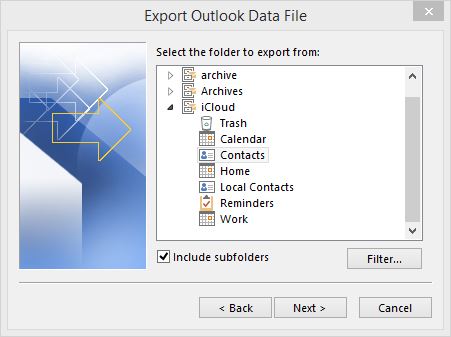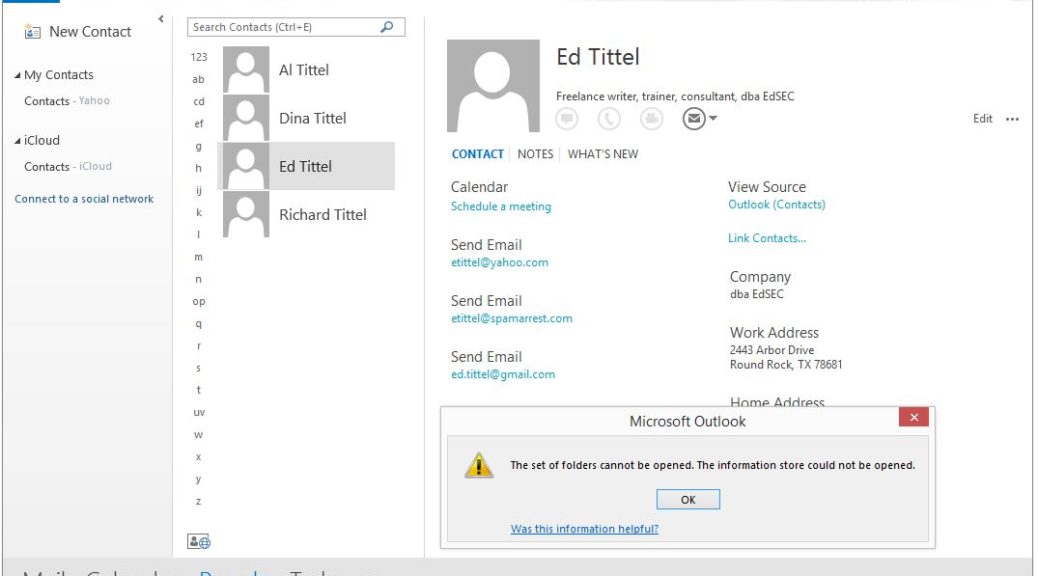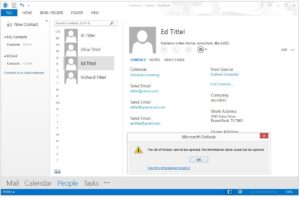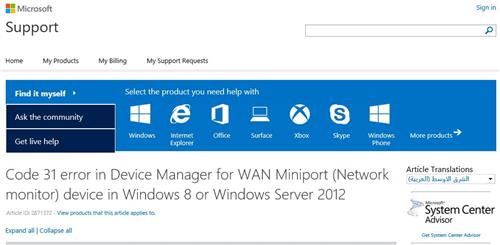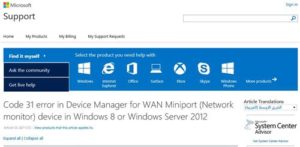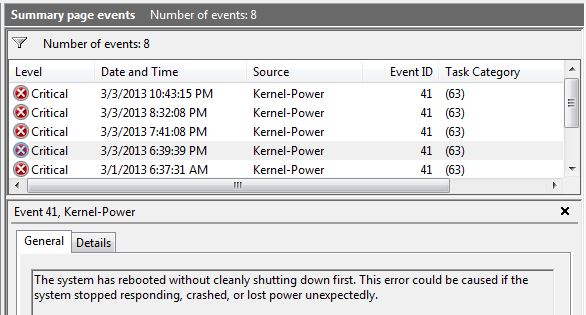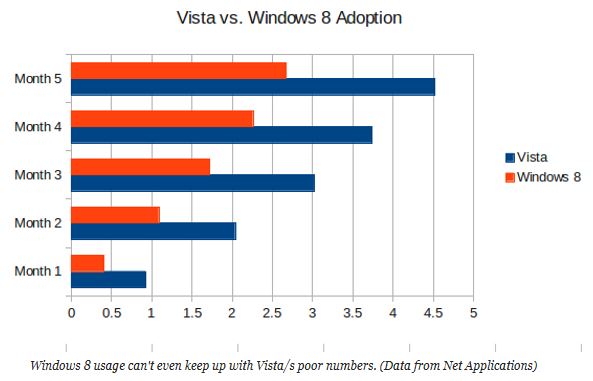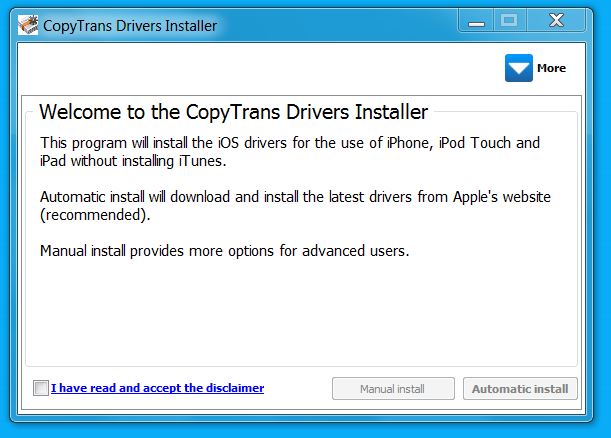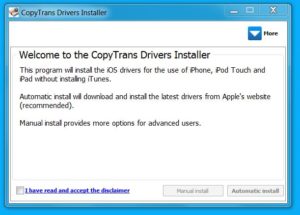More or less on a whim, I decided to try out the business lease option when purchasing a recent desktop/portable system through the Fujitsu online store last month. From this disclosure, you may guess that the remarks that follow pertain to my recently-acquired Fujitsu Stylistic Q704 Tablet PC, for whose purchase I cut my deal with a company named the Marlin Business Bank, a firm that apparently specializes in such deals. Today, I just got my first invoice in the 24-month installment plan that will pay off the machine, and for one extra dollar, make it all mine. I also set up my online account, and made an electronic payment from my checking account to the leaseholder, Marlin.
Is it too cynical of me too find something “fishy” about the institution’s name?
Surprise, Surprise: Hidden Charges Surface
When I purchased the unit, I was told that my monthly payments would be something on the order of $135 a month to pay off the PC. Imagine my surprise, when I discovered the following items in that first invoice:
- a $95 “documentation fee”
- a charge for $27.06 that appeared in the late payment charges column of my invoice, but which was explained to me on a phone call to Marlin based on the very reasonable question of “How can I be late when this is my very first payment, and it’s not due until early March?” as an “added charge” for which no pre-printed column was available on their invoice form. The very nice phone support person was never able to adequately explain exactly what that charge was for, but made it very clear that it must be paid! I decided to let that slide this month, but if it’s a recurring item, I will most assuredly raise a ruckus about this. I won’t know until next month’s invoice appears in my mailbox.
- a monthly, recurring charge for insurance of $18.02 (which translates into $216.24 per year) on a total purchase of around $2,800 represents approximately 7.72 percent of that price to protect Marlin’s investment in my office equipment. I already pay $440 a year for up to $40,000 of computing gear on my homeowner’s policy and resent being forced to pay about half that amount for less than 10% of the same coverage (twice).
It’s Just Like Momma Warned Me: “Things Aren’t Always What They Seem”
I can’t say I’m devastated to now understand fully that what I thought would involve about $135 a month looks like it will be more like $150-something. When financing anything, it’s always the little things that sneak in after the deal is done that bump up the monthly charges. But dang! You’d think that credit disclosure laws would force such companies to spell out explicitly and directly what the monthly charges will be, and also to list out all the one-time charges as well. The bottom line is that what I thought would cost me $3K instead of $2.8K is going to be more like $3.5K (or more) by the time the lease is paid off.
Fortunately, I learned that the lease carries no pre-payment penalties, so I can get out of the monthly “extras” (but not the interest over the life of the lease) by paying it off early. I’m going to check the state of our various accounts and then discuss this with the Chancellor of the Exchequer, who I’m sure will agree with me that paying this note off early is our best way out of a sticky situation. Live and learn, my friends — and please, check those lease terms carefully, and ask in advance about one-time and add-on charges!









